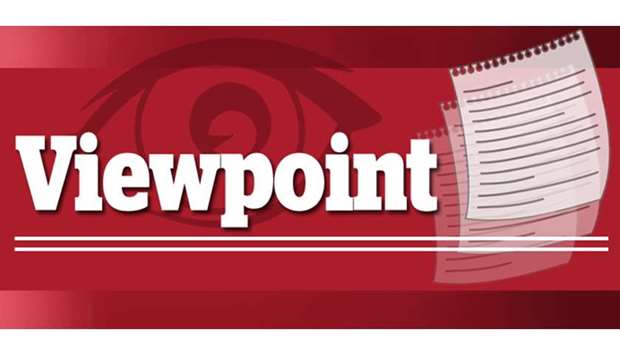The strength of Qatar’s macroeconomic resilience was the basis for the recent stable outlook on the economy provided by international ratings agency, S&P Global.
The stable outlook primarily reflects S&P’s view that Qatar will continue to effectively mitigate the economic and financial fallout of the blockade imposed on the country in June 2017 by Saudi Arabia, the UAE, Bahrain and Egypt and that Qatar will continue to pursue prudent macroeconomic policies that support large recurrent fiscal and external surpluses over 2018-2021.
The premier ratings agency also affirmed Qatar’s sovereign credit ratings at ‘AA-/A-1+’.
S&P believes that the Qatari authorities have “sufficient resources to continue to successfully manage” the blockade fallout.
The government has taken measures to ease the economic and financial impact, and S&P now expects larger budgetary and external surpluses at the end of 2018 than in its last review.
It projects Qatar will continue to operate surpluses in external accounts over its 2018-2021 rating horizon, on the back of oil prices above $51 a barrel.
As a response to the blockade, Qatar has opened new trade routes and relationships to support its high dependence on imports (estimated at 35% of GDP).
The ratings agency does not expect the Qatari banks to need additional government support, and non-resident deposits have gradually returned to the banking system.
It noted the “outflow of external financing” for Qatari banks, primarily non-resident deposits and inter-bank placements – an impact of the blockade – was “offset by liquidity injections” from the Qatar Central Bank and repatriation into the domestic banking sector of about $40bn in the public sector, mostly the Qatar Investment Authority assets previously held abroad.
Qatar’s banking system remains resilient and healthy with ample liquidity, high asset quality, strong capitalisation, encouraging credit offtake and robust profitability although external pressures remain due to the unjustified blockade on the country by a quartet of Arab nations.
With liquidity levels strong and earnings solid, international ratings agencies and the Qatar Stock Exchange (QSE) have “expressed confidence” in the financial stability of the country’s banks.
Qatar’s eight-largest banks posted combined net profits of QR12bn for the first half of 2018; a 10.6% year-on-year (y-o-y) increase on 2017, Oxford Business Group said, citing data released by the QSE.
The banks cited a combination of asset growth, improved returns on investment and earnings from lending as key factors behind the profit increase.
Analysts say Qatar’s banking system remains well capitalised with banks’ capital adequacy ratio (CAR) rising to 16.8% in 2017; up from 16.1% in 2016 and well above the Basel III guidelines.
Asset quality also remains high with non-performing loans (NPLs) steady at 1.7% of the capital last year. Profitability remains solid with returns on equity (ROE) close to 14%.
Qatar remains among the fastest growing economies in the Gulf Co-operation Council (GCC), with momentum fuelled by government-financed infrastructure projects both as part of the country’s National Development Strategy and preparations for the 2022 FIFA World Cup, supporting the resilience of the operating environment and the banking system.

